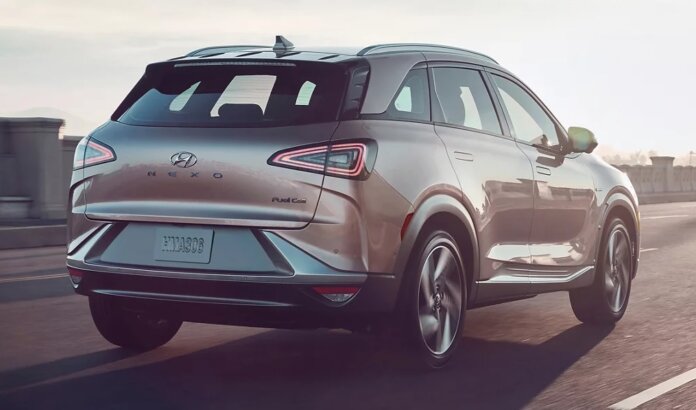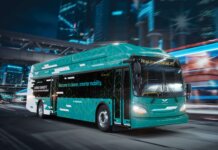A new study from research firm Information Trends has found that 56,000 hydrogen fuel cell passenger vehicles had been sold worldwide by the end of 2022, with 30,000 of that total having sold in the past two years.
The leading market, the company says, is South Korea. More than half of all fuel cell vehicle sales have been in South Korea, owing largely to the density of hydrogen refueling infrastructure.
Following South Korea in the market are the U.S. (almost entirely in California) and Japan.
“The only impediment to the adoption of these vehicles has been the lack of hydrogen stations,” says Haani Kambrani, author of the study. “The sales of these vehicles are taking place rapidly in regions that have a well-deployed hydrogen fueling infrastructure.”
At the moment, several automakers – both startups and established players – are vying to enter the fuel cell auto market, Information Trends reports.
According to the report, Hyundai’s Nexo has been a clear winner among fuel cell vehicles rolled out so far. Nexo’s only other competitor in the market has been Toyota’s Mirai. But as the market gains traction, other companies are jumping on the bandwagon.
Honda is preparing to re-enter this market, beginning with the U.S., where it will launch a fuel cell vehicle in 2024 that will be based on its Honda CR-V. BMW will start mass-producing and selling fuel cell vehicles developed jointly with Toyota in 2025.
Other major companies that are in various stages of entering this space include Renault and Jaguar Land Rover. Renault has unveiled a hydrogen fuel cell Scenic Vision, and Jaguar Land Rover has developed a prototype hydrogen fuel cell vehicle.
The country with the most automakers making inroads into the fuel cell passenger vehicle market is China, although rollouts in the country so far have hardly been more than technical demonstrations.
At least eight startups are also planning to enter this market.
More information about the study, “Global Market for Hydrogen Fuel Cell Vehicles 2023,” is available here.






